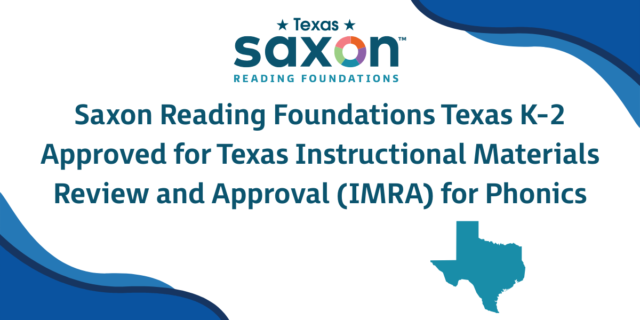
TCRWP Twitter Chat: Choice and Independence in Teaching the Reading Units of Study
Written by Anna Gratz Cockerille
It may come as no surprise that research shows that Americans are reading less. A 2015 study from the Pew Research Center found that 72% of American adults say they have read at least one book in the past year, a 7% drop from 2011. Some happy news: reading rates among the youngest group surveyed (ages 18-29) have gone up, with 80% of participants claiming to have read a book in the last year. As teachers of reading, we know how important it is to support the continuation of this upward trend.
Want to coach children into being lifelong readers? Research says great books and choice are the ways to do it. In 2004, Guthrie and Humenick did a meta-analysis of over twenty studies of reading motivation and achievement. They found that the two most influential factors on students’ motivation to read were:
- Providing students with easy access to interesting texts, and
- Providing students choice about what and with whom they read.
So, the research is clear. To motivate students, give them a rich classroom library filled with interesting books, and empower them to make choices about what they read. Happily, these two principles are part of the foundation of reading workshop. Simply by providing your students with them, you are setting them up for a lifetime of reading motivation, enjoyment, and achievement.
You can up the ante on your students’ reading success by supporting their independence and choice-making with some targeting coaching. For example, to help students to make the best possible choices for themselves as readers, you can teach them to:
- Choose books that make them feel strong. Research shows students should spent most of their time reading at that sweet spot of 95-100% accuracy. Whether you use Fountas and Pinnell’s Guided Reading levels or another system, make sure students know where to find and choose from books they can read well.
- Understand their preferences as readers (They might say: I’m the kind of reader who…) and to read books that fit with these preference and, once in a while, ones that don't in order to push themselves.
- Choose books and set up their reading in ways that will help them to work on their goals. For example, if they are working on reading for longer stretches of time, they may want to choose books about topics they find fascinating. If they are working on tackling hard words, they may want to choose books with a lot of domain-specific vocabulary.
The moderators of this week's TCRWP Twitter Chat, Natalie Louis and Katie Clements, are staff developers and Reading Units of Study authors who know a thing or two about supporting independence and choice. Join them and the TCRWP community for a rich conversation about ways to most effectively teach independence and choice to set your students up to be independent, motivated, empowered readers for a lifetime.
Each Wednesday night at 7:30pm eastern, The Teacher's College Reading and Writing Project hosts a Twitter chat using the hashtag #TCRWP. Join @clemenkat & @natalielouis13 to chat about independence and choice in reading workshop tomorrow evening.

Anna Gratz Cockerille
Coauthor of Bringing History to Life (Grade 4) in the Units of Study for Teaching Writing Series.
Anna was a teacher and a literacy coach in New York City and in Sydney, Australia, and later became a Staff Developer and Writer at TCRWP. She served as an adjunct instructor in the Literacy Specialist Program at Teachers College, and taught at several TCRWP institutes, including the content literacy institute, where she helped participants bring strong literacy instruction into social studies classrooms. Anna also has been a researcher for Lucy Calkins, contributing especially to Pathways to the Common Core: Accelerating Achievement (Heinemann 2012), and Navigating Nonfiction in the Units of Study for Teaching Reading, Grades 3–5 series (Heinemann 2010). Most recently, Anna served as an editor for the Units of Study for Teaching Reading, K–5 series.


